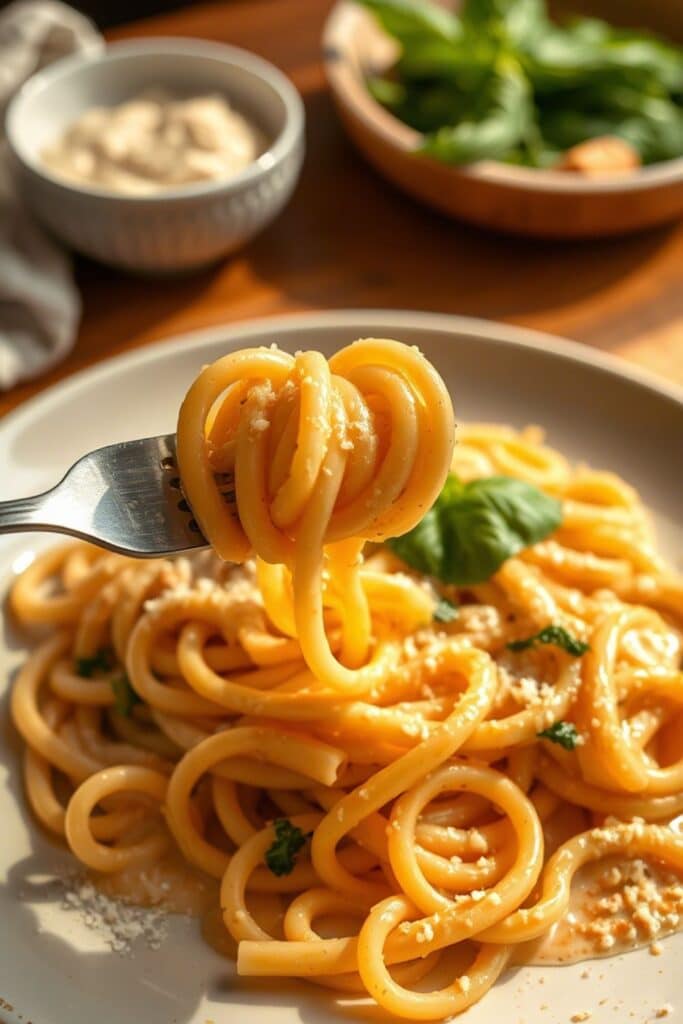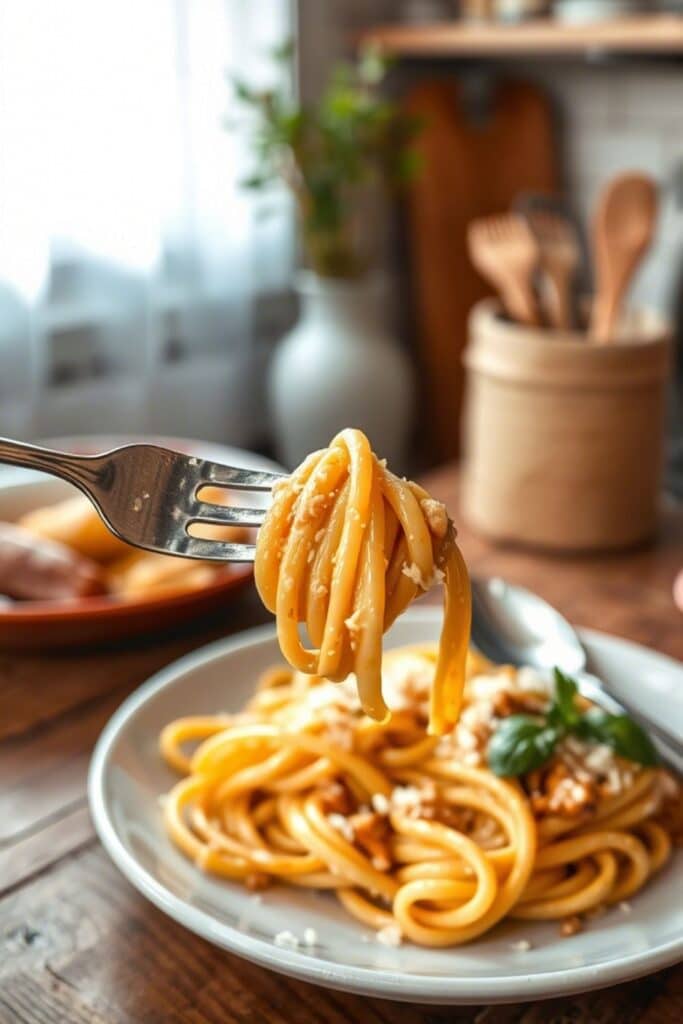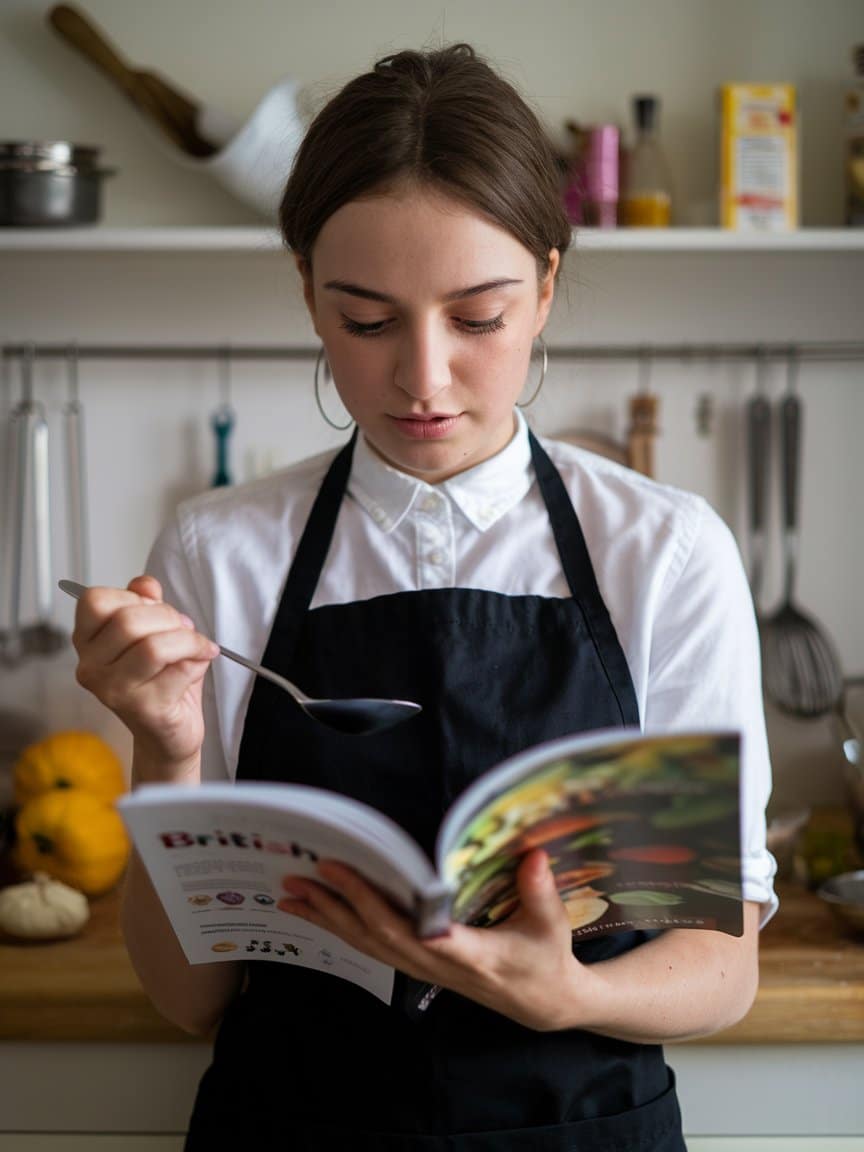Have you ever wondered what would happen if buttery, flaky pastry met tender, succulent lobster tail? Well, wonder no more! Lobster tail pastry combines two of the most luxurious ingredients lobster and puff pastry into one irresistible bite. This dish is a culinary masterpiece that’s surprisingly simple to prepare once you know the ropes. Whether you’re looking to impress your guests or treat yourself to something extraordinary, mastering this art is a surefire way to elevate your cooking game.
A delicate puff pastry shell filled with lobster tail, cream, and a touch of rich seasoning is one of those indulgent treats that feels like a celebration on every plate. The flaky layers of pastry provide the perfect backdrop for the sweet, tender lobster, and the flavors meld together beautifully. It’s the kind of dish that will leave people asking for the recipe, but with a secret smirk, you’ll know you’ve pulled off something extraordinary.
Ingredients & Substitutions Lobster Tail Pastry
For any great pastry, quality ingredients are key. But with lobster tail pastry, it’s even more important to be particular about what you use, because the lobster takes center stage. Let’s break it down.

1. Lobster Tails
First things first, fresh lobster tails are a must. If you can’t get them fresh, frozen tails work well too. Just make sure to thaw them properly in the fridge overnight before using them. If you’re in a pinch, you can substitute lobster with shrimp or crab, though it’ll alter the flavor profile a bit. But hey, sometimes you have to improvise, right?
2. Puff Pastry
It’s important to use good-quality puff pastry for this recipe. If you’re feeling adventurous, homemade puff pastry is an option, but I’m all about convenience, so store-bought puff pastry is totally acceptable. If you want to go gluten-free, you can find gluten-free puff pastry these days, though it might not rise quite as high.
3. Butter
Butter makes everything better. You’ll need plenty of it for brushing the pastry and adding richness to the lobster mixture. I prefer using unsalted butter so I can control the seasoning, but if all you have is salted, that works, too—just go easy on the salt later on.
4. Heavy Cream
A little heavy cream adds richness and smoothness to the lobster filling. If you’re looking to cut back on fat, half-and-half or a plant-based cream can work as a substitute. Just know the texture will change slightly.
5. Seasoning
The beauty of lobster is that it doesn’t need heavy seasoning. A squeeze of lemon juice, a pinch of sea salt, freshly cracked black pepper, and a dash of Old Bay seasoning will do wonders. If you prefer a bit more heat, a sprinkle of cayenne or chili flakes can spice things up.
6. Egg Wash
An egg wash (egg beaten with a little water) gives the pastry its golden, crispy finish. If you have an egg allergy, a milk wash or olive oil can work as an alternative. It won’t give you the same shine but will still add a nice color.
Step-by-Step Instructions Lobster Tail Pastry

Alright, let’s dive in. Here’s how to master the art of lobster tail pastry:
1. Prepare the Lobster
Start by removing the lobster meat from the tails. You can cut the shells open with a kitchen shears or carefully crack them with your hands. Be sure to remove the vein and any leftover shell bits. Dice the lobster meat into bite-sized pieces. Don’t overcook it. Lobster cooks quickly, and it’ll cook further in the pastry, so be mindful of the timing.
Expert tip: Don’t overcook your lobster! Just cook it for a couple of minutes in butter until it’s almost fully opaque. The heat will continue to cook it once inside the pastry, and we don’t want rubbery lobster!
2. Make the Filling
In a pan, melt butter over medium heat. Add finely chopped garlic and cook until fragrant, about 30 seconds. Pour in the heavy cream and bring to a simmer. Add the lobster meat and stir until the mixture is smooth and creamy. Season with salt, pepper, Old Bay, and a squeeze of fresh lemon juice. Taste and adjust the seasoning as needed.
Pro tip: If you want to add more depth to the flavor, a splash of white wine or brandy can be added to the cream mixture. Let it cook for a minute to evaporate the alcohol.
3. Roll Out the Puff Pastry
On a lightly floured surface, roll out your puff pastry. Cut the pastry into squares or rectangles, depending on the size of the lobster tails you plan to use. Keep the pieces relatively large so you can fold them over the lobster filling easily.
4. Assemble the Pastries
Place a spoonful of the lobster mixture in the center of each pastry square. Fold the pastry over to create a little parcel or a triangle shape. Be sure to press the edges to seal the pastry tightly—if it’s too loose, the filling might spill out during baking.
5. Brush and Bake
Brush the tops of the pastries with egg wash (or milk if you’re going egg-free). Place the pastries on a baking sheet lined with parchment paper. Bake at 400°F (200°C) for 18-20 minutes, or until the pastries are golden brown and puffed up. The aroma? Unforgettable.
6. Serve and Enjoy
Let the pastries cool slightly before serving. Garnish with fresh parsley or chives for a pop of color. You can even add a lemon wedge on the side to bring in a fresh zest when you bite into the rich lobster-filled pastry.
Cooking Techniques & Science Lobster Tail Pastry

One of the secrets to making a great lobster tail pastry is understanding why the cooking methods matter. For instance, why cook the lobster only partially before baking? It’s all about preserving texture. Lobster is delicate, and overcooking it can make it tough. By briefly cooking it in butter and cream, we’re infusing flavor without turning the lobster into a rubbery mess.
The puff pastry also plays a huge role. Puff pastry gets its layers from fat, usually butter, and steam. When baked at high heat, the water in the dough turns to steam, causing the layers to separate and create that beautiful flaky texture. It’s science at its finest—and at its most delicious.
Serving & Pairing Suggestions Lobster Tail Pastry
These lobster tail pastries are rich and indulgent, so pairing them with lighter sides is a good idea. A simple mixed green salad with a tangy vinaigrette balances the richness of the dish. You could also serve them with roasted vegetables or a light citrusy soup, like a lemon fennel broth.
For drinks, a crisp white wine such as Chardonnay or Sauvignon Blanc pairs beautifully. If you’re a cocktail person, a citrus-forward gin and tonic would work wonders.
Conclusion
Lobster tail pastry is one of those dishes that feels sophisticated yet is surprisingly easy to make. By combining the elegance of lobster with the buttery flakiness of puff pastry, you’ve got a treat that will wow anyone you serve it to. The key is understanding the ingredients and taking your time with each step. Don’t rush—this is food to savor, not just eat.
Remember, fresh lobster, quality pastry, and a touch of finesse are all it takes to create a dish that screams decadence. Don’t be afraid to make it your own with variations. Maybe a dash of paprika for smokiness, or a sprinkle of herbs for an extra layer of flavor. The possibilities are endless.
Frequently Asked Questions?
1. Can I use frozen lobster tails?
Yes, frozen lobster tails work just as well. Be sure to thaw them properly before using. Freezing and thawing can alter the texture slightly, but it won’t ruin the dish.
2. Can I make this recipe in advance?
Absolutely! You can prepare the lobster filling and pastry ahead of time. Just assemble the pastries and store them in the fridge until you’re ready to bake. The key is to bake them fresh to get that crispy, flaky texture.
3. Can I use other seafood in place of lobster?
Definitely! Crab or shrimp are great alternatives. Just be mindful of cooking times, as shrimp cooks faster than lobster, and crab is more delicate.
4. How do I store leftovers?
Store any leftover pastries in an airtight container in the fridge. They’re best enjoyed the same day, but you can reheat them in a warm oven to bring back some of the crispiness.
5. Can I make the puff pastry from scratch?
Sure! If you’re up for the challenge, making puff pastry from scratch is a rewarding process, though it does require time and patience. You can find plenty of recipes for homemade puff pastry online.

Veronica is a passionate food enthusiast with over three years of experience in exploring and writing about diverse cuisines. Her expertise lies in reviewing restaurants, sharing creative recipes, and discovering the latest food trends. As the voice behind FoodieRecap.com, Anju brings fresh perspectives and culinary insights to her audience.
